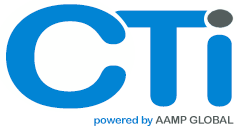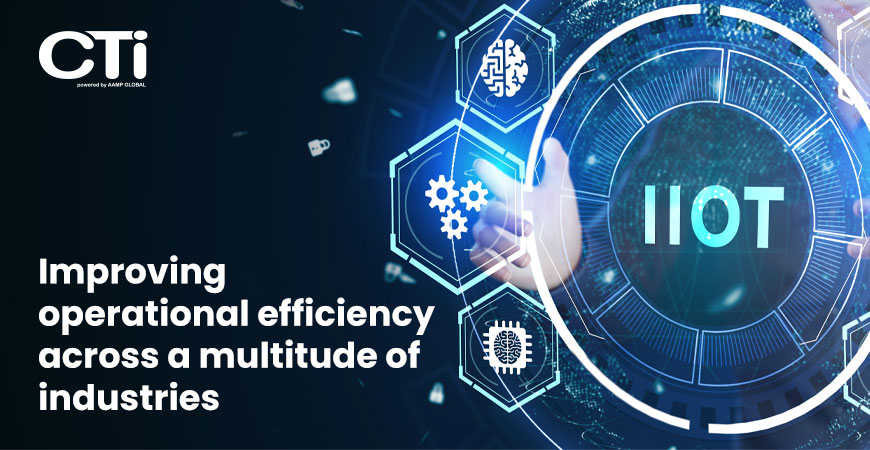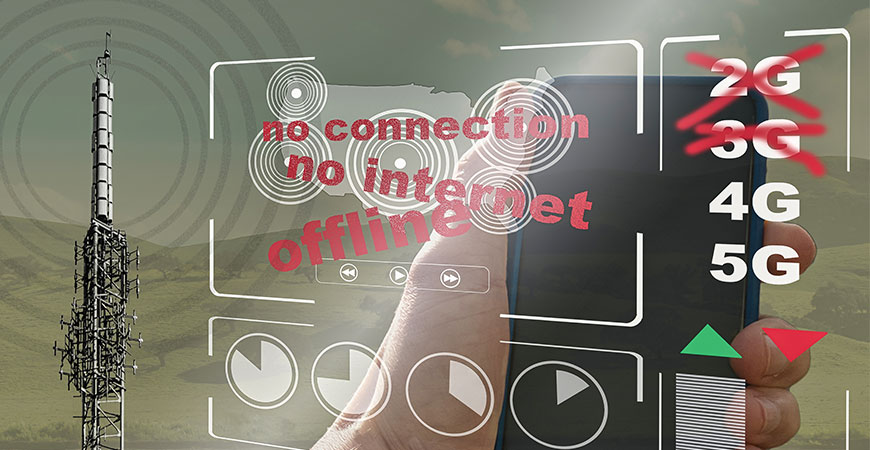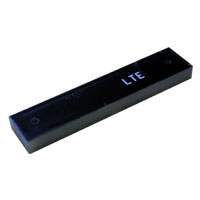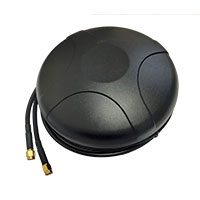Technologies related to the Industrial Internet of Things (IIoT) have significantly improved operational efficiency across a multitude of industries by incorporating wireless devices. However, in contrast to conventional Internet of Things (IoT), these devices require specific wireless features for effective integration.
These specific wireless features are primarily dictated by the antenna solutions they utilise, ultimately dictating the level of a devices’ capability in fulfilling their specialised roles within a network. This blog explored the differences between the two, explains the unique wireless requirements, and underscores the critical importance of antenna performance
IoT and IIoT – What’s the difference…

IoT
The Internet of Things (IoT) encompasses individual devices designed to operate with one another via a wireless network. These devices vary greatly from sensors and switches to integrated software-driven devices tailored for specific tasks. These devices are versatile and often serve multiple functions as part of an interconnected network.
Predominantly targeting consumer electronics and devices, IoT applications such as smart homes, wearable gadgets, and wireless appliances, all work together seamlessly; for example, a smartwatch can communicate with heaters and kettles to turn on when the user wakes up.
IIoT
The Industrial Internet of Things adheres to similar principles as the conventional IoT, comprising a network of individual devices working toward a common objective. The key difference lies in the specialisation of IIoT networks for industrial applications, as opposed to consumer devices.
IIoT networks are widely utilised in sectors like environmental monitoring, agriculture, and construction, where they enhance operational efficiency through wireless device collaboration. In IIoT, devices typically serve specific functions, in contrast to the broader roles of IoT devices.
Wireless Requirements for IIoT:
Conventional IoT networks involve a smaller number of devices that require a balanced set of wireless features. Bandwidth, range, and latency are carefully considered, making technologies like Bluetooth and Wi-Fi ideal for devices in close proximity that exchange substantial data.
In contrast, Industrial Internet of Things (IIoT) networks necessitate unique wireless features, requiring specialised wireless technologies. These networks may host hundreds of individual nodes across extensive areas but transmit small amounts of data. Consequently, increased connection range and reduced power consumption take precedence, while factors like throughput are of lesser importance.
The are a vast amount of dedicated IIoT wireless technologies available dependant on the application. Examples include LoRa, LPWAN, and narrowband IoT (NB-IoT), designed for long-range, low-power applications.
The Significance of Antenna Performance:
Industrial Internet of Things devices demand specific features from their antenna solutions. Frequently located in remote areas and required to operate over extended periods, these devices can be characterised by compact form factors. As a result, IIoT antennas must meet the following criteria:
- Efficiency Any Antenna must offer high performance while significantly reducing power consumption, ensuring devices can operate reliably without frequent replacements.
- Compactness Given the presence of numerous small devices in an IIoT network, embedded antennas are required to be both compact and reliable.
- Performance Playing vital roles in various operations and processes, IIoT devices necessitate consistent high performance.
High-Performance Antennas for IIoT Without Compromise:
Presenting a unique set of requirements distinct from its IoT counterpart, designers must select antennas capable of meeting these diverse requirements without compromising on any one aspect.
At CTi we can offer high-performance antenna solutions that satisfy these multifaceted requirements. Our extensive product range encompasses various types and technologies, ensuring compatibility with any design.
Our high-end solutions can be easily integrated and consistently exhibit exceptional performance when installed in any device.
For more information on how our antennas can elevate your IIoT project, do not hesitate to contact a member of our team today.
Call +44(0)1420 470615 or email rf.eu@aampglobal.com
